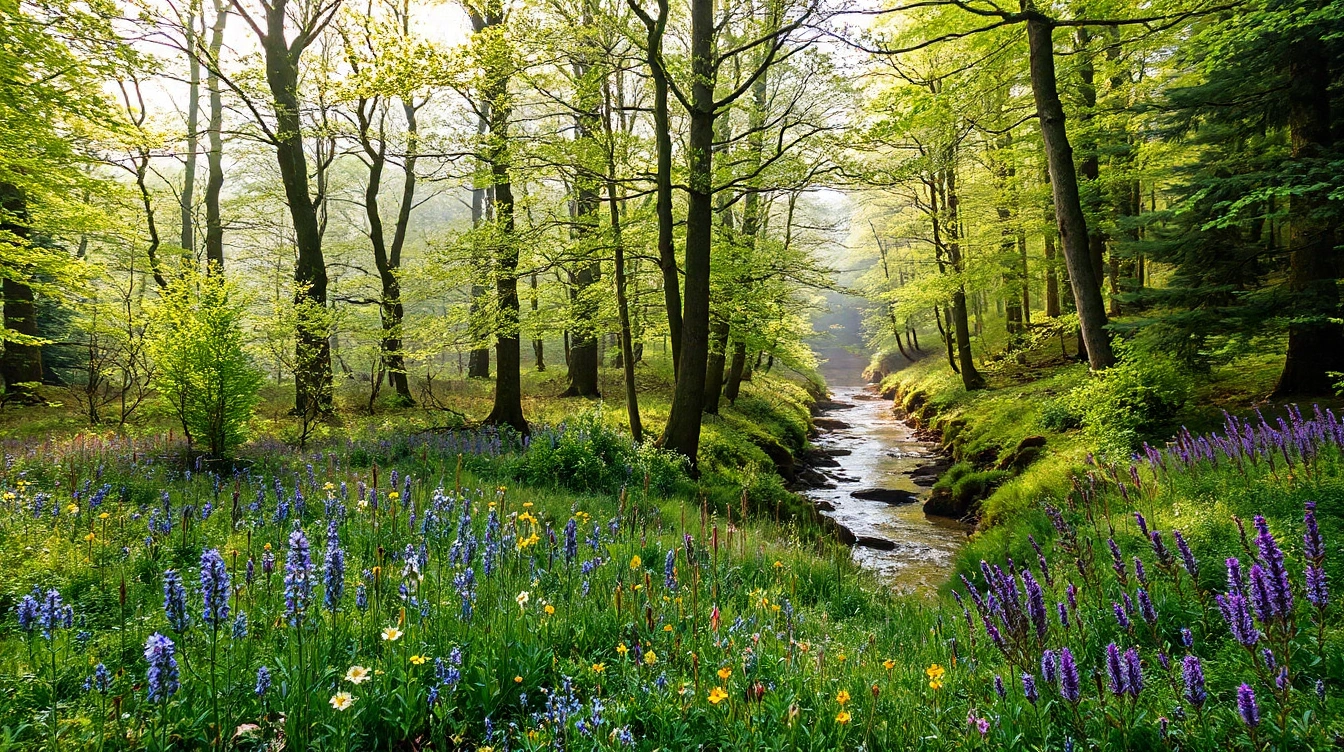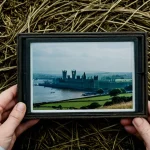Essential Planning for a Spring Camping Trip in the UK
When preparing for a spring camping UK adventure, selecting suitable locations is crucial. Some areas may still be damp or chilly early in the season, so opt for campsites known for good drainage and moderate temperatures. Popular regions like the Lake District or the South Downs offer a blend of scenic beauty and reliable campsite facilities that cater to spring outdoor planning.
Next, always check weather forecasts before your trip. UK spring weather is famously unpredictable, with potential for sudden rain or wind. Being aware of seasonal conditions helps you pack appropriate gear such as waterproofs, layered clothing, and thermal wear. This preparation ensures comfort and safety throughout your camping experience.
Also to read : What Are the Lesser-Known Camping Spots in the UK?
Finally, synchronise your travel plans with public transport schedules and campsite availability. Some remote sites may have limited access, especially outside of the peak season. Booking in advance and aligning arrival times with bus or train services can prevent logistical issues, enhancing your overall trip enjoyment.
By focusing on location, weather awareness, and travel alignment, your spring camping UK trip will be organised and rewarding, letting you fully appreciate the season’s natural charm.
In the same genre : What are Some Must-See Natural Attractions While Camping in the UK?
Must-Have Gear and Packing List for Spring
Spring camping in the UK demands careful selection of spring camping gear to tackle unpredictable weather. Key items include waterproof jackets and breathable layers, essential for staying dry and comfortable during sudden showers. Thermal base layers are also a UK camping essential, providing warmth without bulk.
Invest in a reliable, waterproof tent with a robust rainfly to handle wet conditions common in spring. A sleeping bag rated for lower temperatures is necessary, as nights can still be chillier than expected. Consider packing a compact sleeping mat for insulation from damp ground.
Don’t forget practical items like waterproof boots and extra socks, which keep your feet dry and warm. A well-planned camping checklist should include a portable stove, water-resistant food containers, and headlamps or torches with fresh batteries for early dusk.
Efficient packing means prioritizing multi-use gear—such as jackets with removable liners—and organizing items in waterproof bags or dry sacks to prevent moisture damage. This careful planning ensures you stay comfortable and prepared, making your spring camping experience enjoyable despite the unpredictable UK weather.
Selecting the Best Campsites and Following UK Etiquette
Choosing the best UK campsites spring demands considering factors like weather, terrain, and accessibility. Spring camping sites often feature blossoming landscapes and milder temperatures, but some may still be damp or chilly. Prioritize campsites with good drainage and sheltered areas to ensure comfort. Many campsites flourish in spring due to seasonal beauty combined with fewer crowds.
Understanding camping regulations UK is essential. Most campsites require permits or bookings in advance, especially during peak spring periods. Wild camping is generally restricted, permitted only in designated areas such as Scotland’s right to roam land, but always with local regulations in mind. Familiarize yourself with fire safety rules and waste disposal guidelines, which protect these natural environments.
Observing campsite etiquette ensures a harmonious experience for all. Respect quiet hours, keep noise minimal, and remain considerate of fellow campers’ privacy. Avoid trampling vegetation by sticking to designated paths. Responsible campers leave no trace, disposing of litter properly, and minimizing environmental impact. Upholding these principles fosters a respectful and welcoming camping culture across the UK.
Making the Most of Spring Activities and Nature
Spring in the UK offers a unique chance to enjoy outdoor recreation enriched by blossoming landscapes and lively wildlife. Among the UK spring camping activities, many choose to explore local woodlands and countryside, where the fresh scents and gentle weather create ideal conditions for adventure.
Spring is the season when the UK’s wildlife becomes particularly vibrant. Many will spot iconic spring visitors such as lapwings displaying their striking aerial courtship or hear the melodious song of the skylark rising above open fields. These moments are highlights for nature enthusiasts and foster a deeper connection to the environment.
For those wanting to fully embrace spring, local walks or hikes are invaluable. Regional trails often reveal wildflowers in bloom—from bluebells carpeting shaded woods to primroses along hedgerows—making each step visually rewarding. Engaging in these gentle explorations not only revitalizes but also encourages mindful appreciation of nature’s seasonal shifts.
By focusing on these activities and wildlife encounters, anyone in the UK can enrich their spring experience. To plan your next adventure or learn more, visit outdoor recreation resources and spring wildlife guides for detailed ideas tailored to your local area.
Staying Safe and Comfortable During Spring Weather
Spring camping safety hinges on weather preparedness due to the UK’s notorious unpredictability. To stay warm and dry, layering your clothing is essential; thermal base layers combined with waterproof jackets provide insulation and protection against sudden rain showers. Selecting a tent with a reliable rainfly and groundsheet also helps maintain a dry sleeping area, keeping you comfortable overnight.
Managing health and hygiene outdoors requires planning. Carrying hand sanitizer and biodegradable soap minimizes contamination risks. Staying hydrated is crucial—carry sufficient water or a filtration system. Additionally, protecting yourself from insects with repellents is vital for comfort and avoiding bites.
Outdoor safety involves being aware of your surroundings and planning for potential emergencies. In remote UK camping spots, ensure you have a fully charged mobile phone with emergency numbers saved, even though signal coverage may vary. Carrying a whistle or personal locator beacon increases the chance of speaking for help if needed. Familiarize yourself with local terrain and weather forecasts ahead of your trip.
By prioritizing spring camping safety, maintaining your well-being through hygiene, and being prepared for emergencies, you create a safer, more enjoyable UK camping comfort experience—even when the weather turns challenging.











